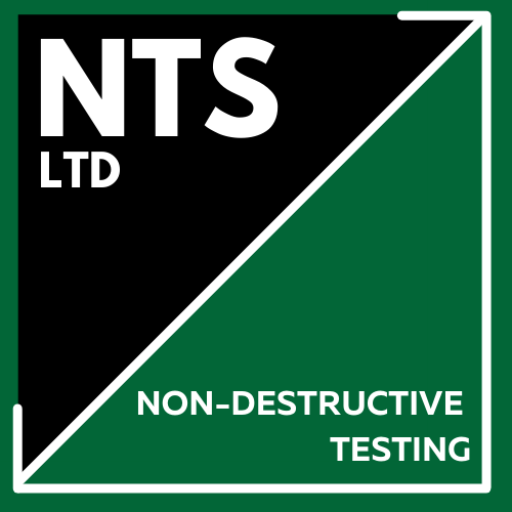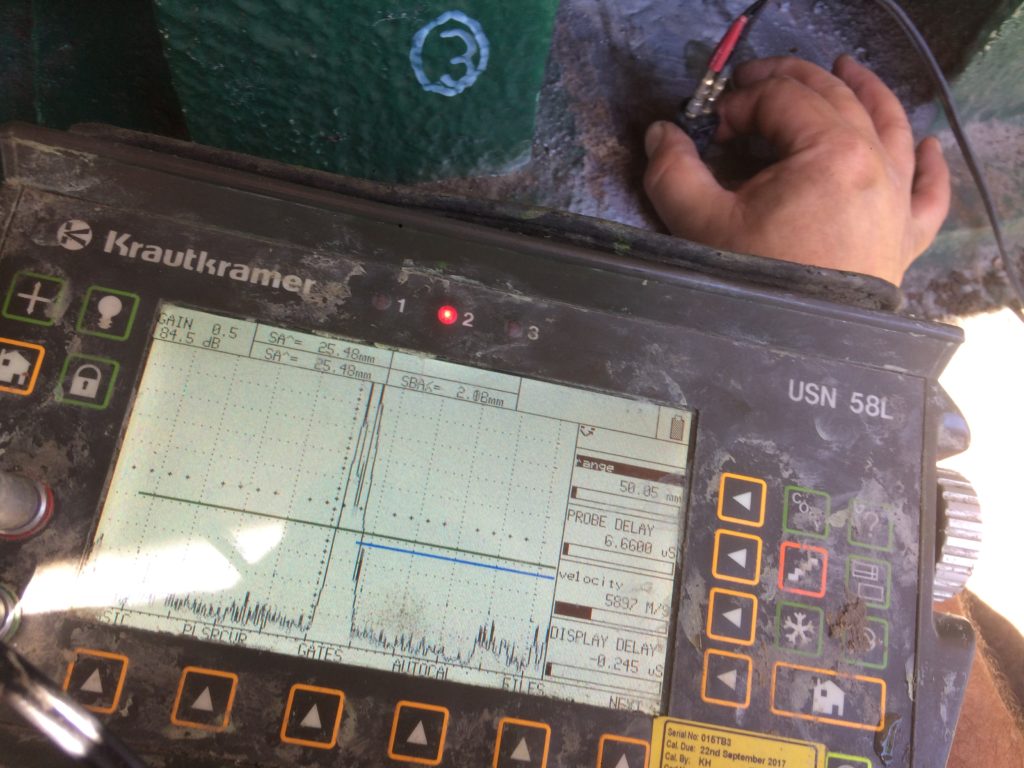Non Destructive Testing Methods
Ultrasonic Inspection
Ultrasound is an NDT method used to detect deep subsurface and surface flaws/ discontinuities in most materials. The dimensions and locations of these flaws can be accurately determined so local repairs can be carried out. Accurate thickness measurement can be easily obtained which can be used in corrosion surveys of tanks, pipe work, ship structures etc.
Eddy Current Inspection
Eddy Current is an NDT method used to accurately locate and size cracks and sub surface flaws/ discontinuities on most materials including welds. It can also be used to determine paint/coating thickness and is regularly used for heat exchanger tube corrosion surveys and bolt hole inspection.
Magnetic Particle Inspection
Magnetic Particle is an NDT method used for locating surface and sub-surface flaws/discontinuities in ferromagnetic material. The use of permanent and electro magnets using a white contrast paint and ferromagnetic iron filings suspended in a solution are the most common methods of site inspection. In certain circumstances fluorescent solutions are used with Ultra Violet (Black Light) where painting a contrast paint is undesirable.
A Magnetic Powder system can also be used on hot work.
Dye Penetrant Inspection
Dye Penetrantis an NDT method used for locating surface flaws/discontinuities on non-porous materials such as welds castings and forgings with the use of dyes and developing powders. The method is based upon capillary action, where the dye solution used penetrates into clean and dry surface-breaking flaws/discontinuities the residual dye is then cleaned off and the applied developer powder draws out the absorbed penerant leaving a visible trace for inspection
The on site method is called colour contrast using a red dye but fluorescent dye can be used with Uv (Black Light).
Radiographic Inspection
Radiography is an NDT method used for locating internal flaws/discontinuities in most materials by the use of ionising radiations. Gamma radiation & X-ray are the most commonly used for site pipe welding examination where Gamma is the preferred option due to its portability. X-ray would be the preferred option where better sensitivity and contrast of the resulting radiograph is required allowing smaller flaws to be located.
For radiography of larger structures such as large castings, Bridges and concrete flooring then there is a portable option of a Betatron.












